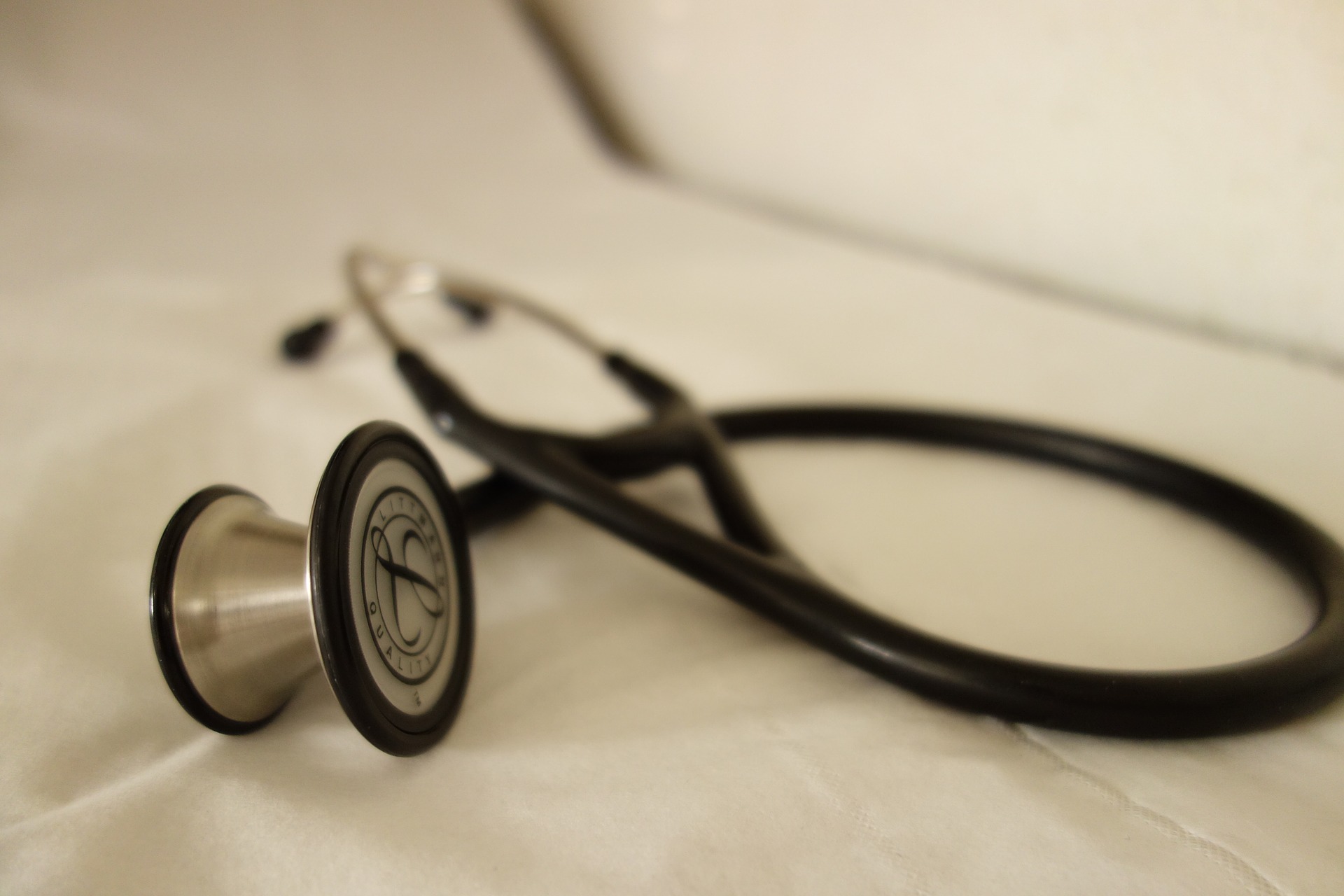Earlier this month, President Barack Obama signed new legislation that opens a new fast lane for medical device approval.
Just one of many new reforms affecting device companies, the 21st Century Cures Act will give manufacturers the option of reporting to just one FDA review board, saving the time and resources previously required to get permission from regional review boards near test subjects.
Same Standards, Greater Transparency
While the benefits of an expedited approval pathway apply to companies large and small, start-ups, in particular, will be able to do more with less by avoiding the time and cost barriers that often result in delays for live-saving products.
The new legislation will allow device companies to seek "breakthrough pathway" status for products shown to treat diseases and conditions for which there is no previous treatment.
[Free White Paper:] FDA Trends & Developments for the Medical Device Industry: 2016
Despite concerns that faster approvals may lower the standards for quality and efficacy, experts contend the new law does nothing to affect the standards used to evaluate new products, and instead, improves the way FDA operates while adding transparency to an opaque system.
Rather than casting an application into a "black box," and waiting for a decision accompanied by no explanation into how regulators arrived at it, a new provision will require the federal Center for Medicare and Medicaid Services to release evidence used to determine whether new devices are eligible for coverage.
Using Real World Evidence (RWE) for Expanding Device Use
Along with a streamlined pathway for approval, the Cures Act also requires FDA to develop a framework and guidance for evaluating real world evidence (RWE) in support of new indications for previously approved drugs and post-approval study requirements.
Until now, regulators have avoided applying RWE to regulatory requirements for drugs and biologics, but the Cures Act aims to change that. Defined as "data regarding the usage, or the potential benefits or risks, of a drug derived from sources other than randomized clinical trials," the new law requires regulators to establish a program that will evaluate RWE to support the approval of a new indication for a drug approved under section 404(c), and "support or satisfy" post-approval study requirements.
The new RWE requirements will not limit FDA's ability to use RWE for other activities and won't affect the standards of evidence currently required under sections 505(c) and (d) of the FD&C Act or Section 351(a) of the Public Health Service Act.
If you're unfamiliar with FDA's position on what RWE is and its utility in evaluating products, a new commentary from FDA Commissioner Robert Califf and other Directors published in the New England Journal of Medicine answers many of the questions surrounding this alternative approach. Real-World Evidence – What It Is and What Can It Tell Us? offers a more in-depth look at RWE and draws parallels to the provisions of the Cures Act.
What Medical Device Companies Can Expect Regarding RWE in the Future
Based on the opinions and explanations given so far, device manufacturers can expect the forthcoming RWE evaluation framework to be a close reflection of the Device RWE Draft Guidance, which lays out criteria for RWE relevance and reliability for drugs.
Despite obvious differences in clinical uses, drugs and devices share similar sources for real-world data. As such, we can expect FDA to impose similar criteria for methodologies used to collect and analyze data regardless of source or study type.
Access the preview of Real-World Evidence – What It Is and What Can It Tell Us? to learn more about FDA's positions on RWE, or grab our free white paper, FDA Trends & Developments for the Medical Device Industry: 2016, to learn more about recent industry initiatives.

